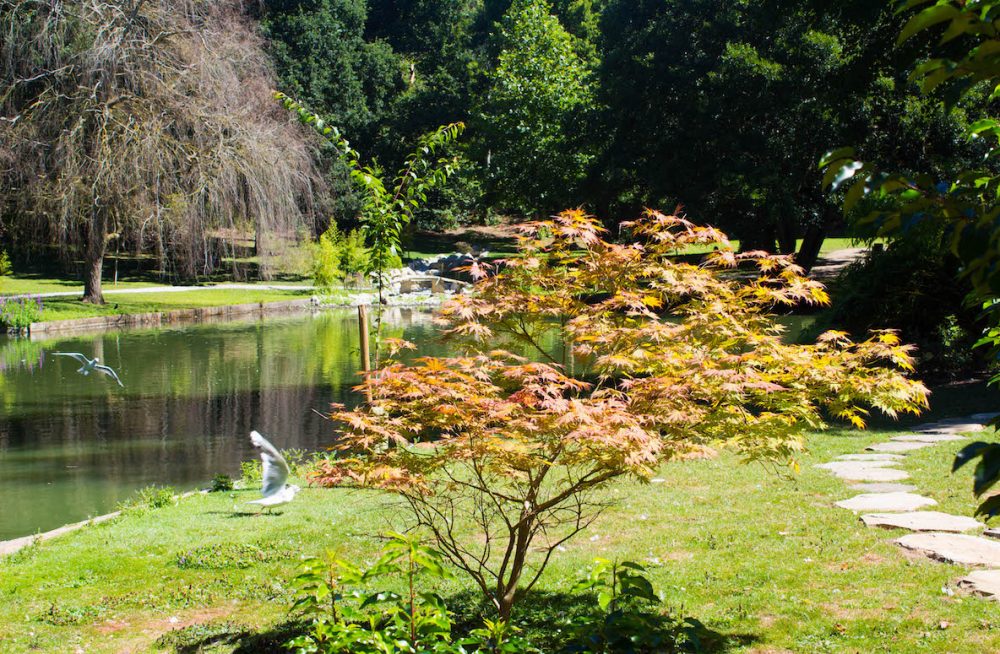(First published in TODAY Magazine, no longer online)
I bought this book around the start of 2018 when I try to face the new year and make decisions about what I’d like to do the next twelve months. Like many of you, I acquire stuff. At some point we need to look at our stuff and whether they are adding to our happiness. Many studies show that happiness is not about stuff but relationships and experiences. With this knowledge I stumbled upon this book and decided to buy it.
Having read Marie Kondo’s book, I think it could help you if you have too much or even if you feel you don’t have enough. She has created what she calls the KonMari Method of organising where she asks her clients to really look at and touch the stuff in their lives and see how they feel. Her basic advice is to keep the stuff that brings you joy. Of course there are exceptions such as insurance documents, appliance guarantees and simple tools.
So why bother to do this life audit? Well the theory is that once we’ve let go of things we are carrying from the past we can free ourselves to live fully in the present and become clearer about our priorities. I found myself agreeing with this quote:” the space in which we live should be for the person we are becoming, not for the person we were in the past”. I know this through my counselling work where I support people in discovering the person they envision themselves to be.
So what does she promise you will achieve by tidying? From her decades of doing this work and her hundreds of clients she has come up with some findings:
- Put your house in order and discover what you really want to do
- Gain confidence in life through the magic of tidying
- Less attachment to the past or anxiety about the future
- Learn that you can do without
- Your living space affects your body – lighter, cleaner, fitter
- Being surrounded by things that bring you joy makes you happy
KonMari Method promises that by using her method of tidying you will only need to tidy once and this will free up more time for living. Certainly the constant light tidying is what made me pick up this book because I knew I needed an idea that went deeper.
The method encourages you to discard stuff that are not important and don’t bring joy. She knows that if we start with sentimental items then we’ll get side-tracked so she offers an approach that leaves the sentimental items near the end of the process. Clothes, books and paperwork are tidied, then komono (misc items) and finally sentimental items such as gifts and photos. You’d have to buy the book to check out her detailed guidance, including using shoe boxes for storage and tips for organise your wardrobe so you can find anything easily. This book is not for you if you are content to be surrounded by things you can’t find and don’t bring you joy. I’ve just taken my first steps with this. Let me know what you think in the comments below.
Shirley Anstis

